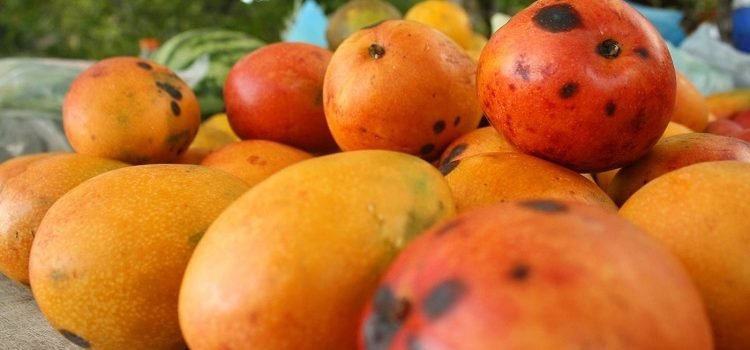Undoubtedly, fruits constituted millions of years ago the first food of the ho for subsistence, when he had not yet learned to cultivate the land and took what nature offered for free. Over time he gained knowledge and began to expand them throughout the world, but Cuban fruits are unquestionably the most coveted.
Not only for its nutritional value but also for its exquisite flavor and aroma. There are many that are used for industrial purposes, that is, in cosmetics, pharmacology and food. If you plan to travel to Cuba, read on, so you can learn more about typical Cuban fruits.
TYPICAL CUBAN FRUITS
- The banana.
- The coconut.
-
The Mango.
-
The melon.
-
Papaya.
-
The mamey.
-
The maracuyá.
-
The Grapefruit.
The Cuban Banana
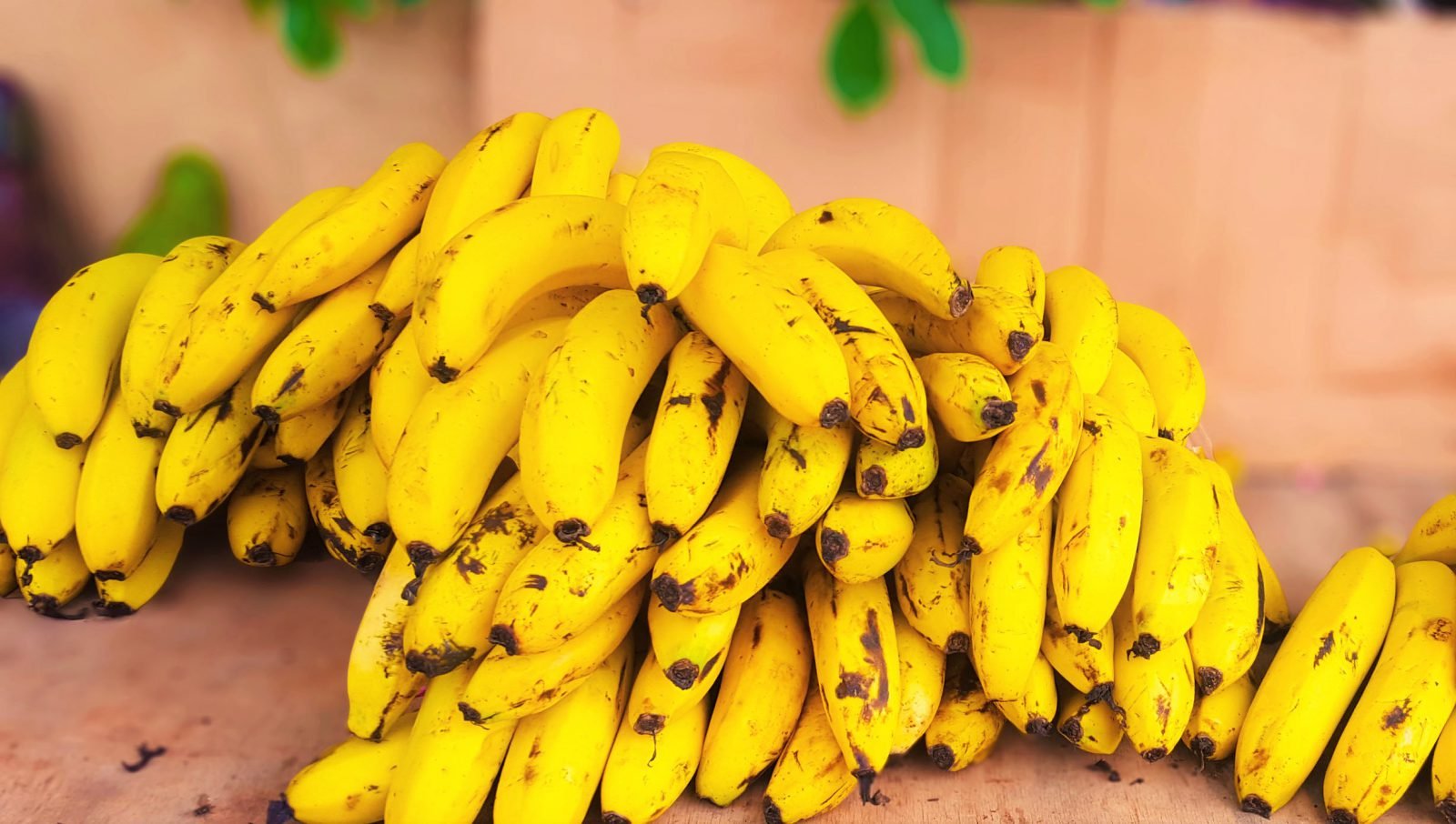
Banana, or banana, was probably one of the first species that spread spontaneously and one of the first to be cultivated.
Although it is originally from India, it adapted very easily in many countries of tropical America.
Being one of the highly esteemed fruits in Europe to where a large export flows.
The Cuba Banana can be used in different ways:
- Whether as a dessert fruit, served whole and using the peel to hold it without the hands coming into contact with the pulp directly.
- In pieces it is incorporated into fruit salads, jellies and other desserts, as well as smoothies and other drinks.
- Due to its high energy intake and its high potassium content, it is often consumed among athletes and bodybuilders.
- Cooked, it is used as an accompaniment for some meats in tropical recipes, as well as in Cuban rice.
- With brown sugar, lemon juice or vinegar and spices, sauces or jams are prepared, sometimes very spicy.
- They are used to prepare mash, a very frequent food for children.
- Another way to consume them is cooked, that is, ripe bananas are fried in butter or oil.
- In the form of tostones (mashed and fried banana slices) they are served to accompany meats.
Cuban Coconut
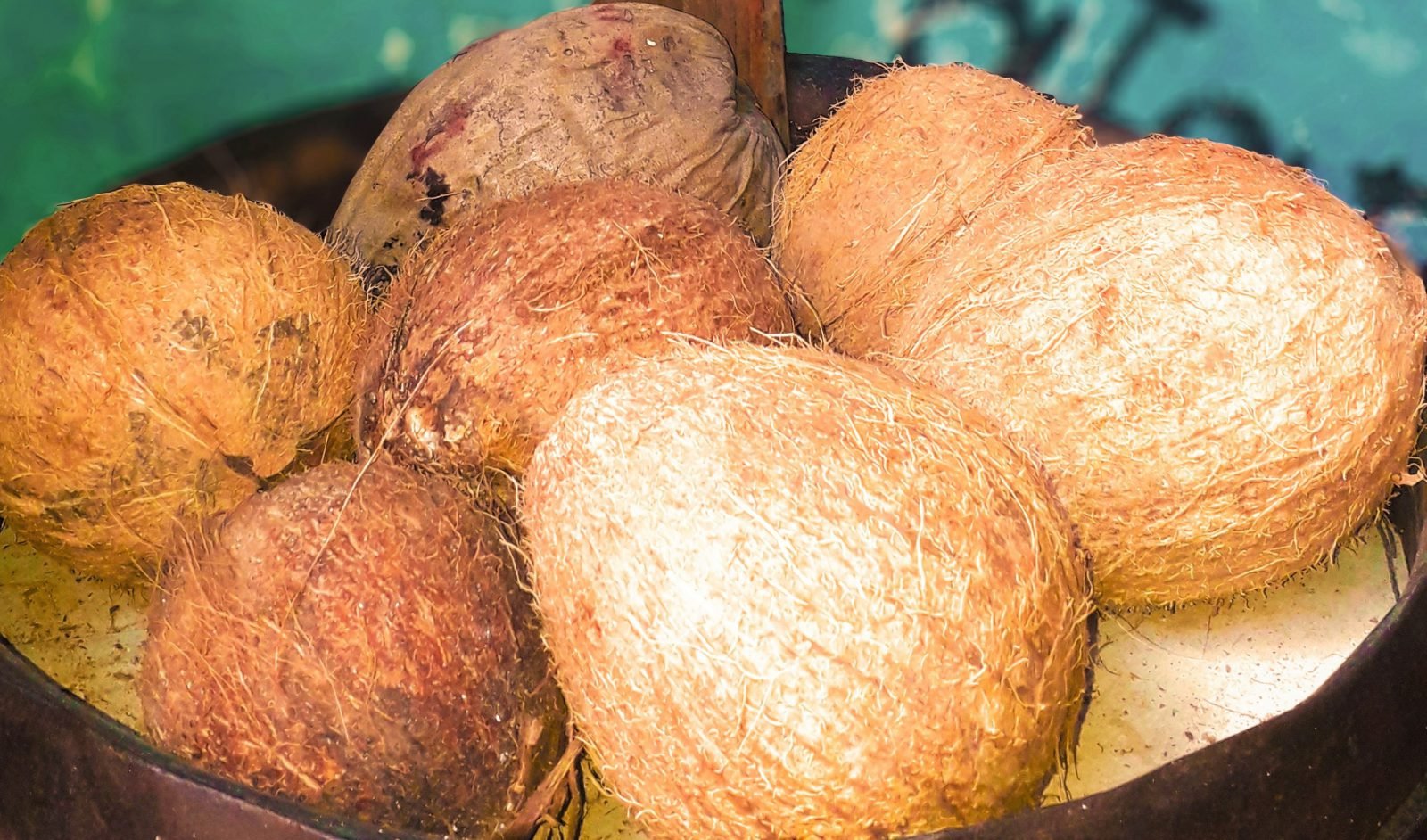
It is an edible fruit obtained from the coconut palm, the most cultivated palm in the world.
In Cuba they grow in some places, especially in coasts and beaches, giving the landscape a special attraction, as in other Caribbean islands.
It is characterized by having a juicy pulp and an exquisite water inside, the presence of it is checked by mild agitation.
Due to its pleasant and refreshing taste, different uses have been attributed to it:
- In cosmetic products or in pharmacies, for the great fat and coconut oil it has.
- In many places they are used to drink the liquid it contains – coconut water – poured into a container or, more commonly drink it from the coconut itself.
- Used in diseases for its excellent medicinal properties.
- It is useful for making saoco, a typically tropical and Cuban drink, which is prepared with coconut water, combined with brandy.
- Coconut oil is used to make some packaged industrial confectionery products.
Cuban Mango
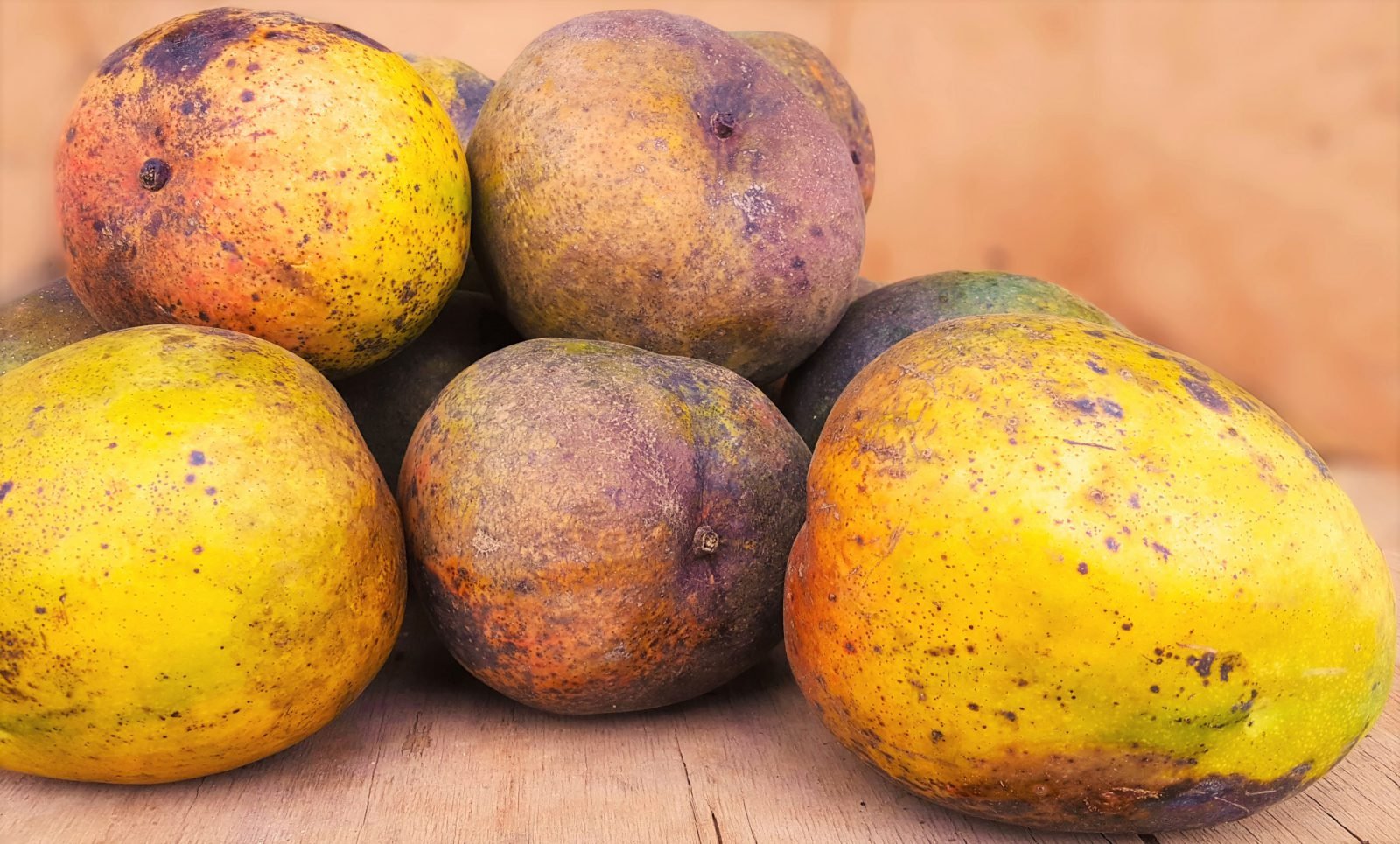
Mango is recognized as one of the best and most delicate fruits in the world.
Not only for its colorful appeal, and exquisite flavor but also for its nutritional values:
- It provides a significant amount of carbohydrates so its caloric value is high.
- It is rich in magnesium and as for vitamins it is rich in provitamin A and C; Both vitamins also have an antioxidant effect.
Apparently it is native to northwestern India and northern Burma on the slopes of the Himalayas and possibly also Ceylon.
But it was not until the year 1793 that the first mango seeds from Jamaica landed through the port of Havana that were sown on the farms outside the walls, in the lands of the Counts of Jibacoa, where Galiano Avenue is today.
From there they spread throughout the island, although it is not ruled out that from Jamaica more seeds have arrived to the east.
Hence, it is impossible to believe that about 200 years ago in Cuba there was not a single tree of the exquisite fruit when today there is a large amount.
Forms of employment od Cuban Mango:
- The pulp that is obtained is used in the elaboration of concentrated puree, compotes, nectar and jams, destined for export, tourism and the national market.
- Much of the crushed mango is used in the manufacture of mash in aseptic bags for shipping to European countries, where it has gained great prestige for its quality.
The Cuban Watermelon
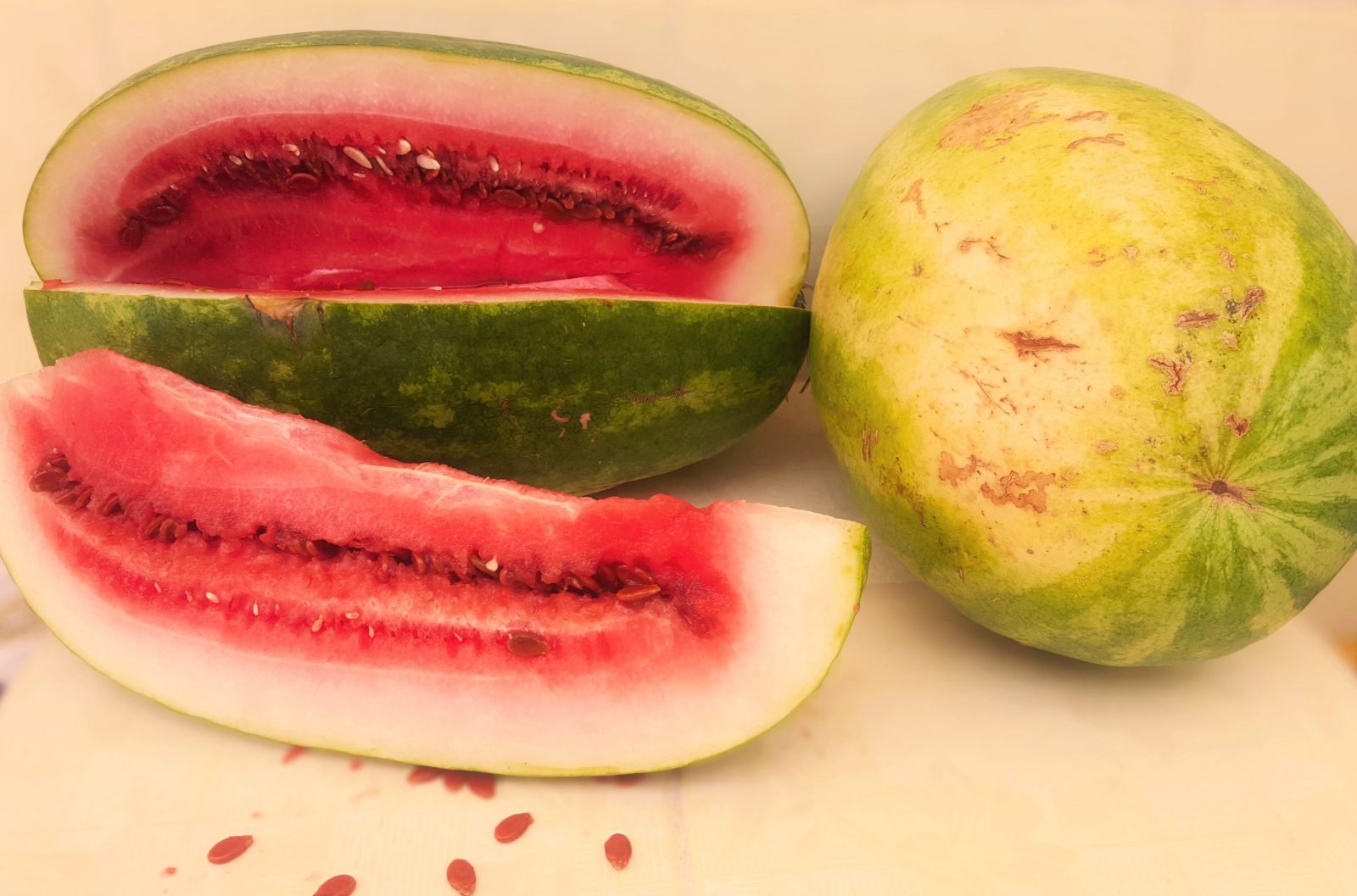
Melon or watermelon comes from tropical Africa.
It is a spherical fruit, fragrant and highly esteemed for its pleasant and characteristic flavor.
Its quality depends on the color, juicy content and cultivation mode; but there is no doubt that it is necessary to open it and try it.
Among its nutritional properties are: the amount of minerals it provides such as potassium, magnesium, calcium, and sodium; and 80% of its composition is water.
Hence it is an ideal moisturizer, so it can be consumed in the desired amount without fear of ingesting excess calories or sugars.
It is a diuretic fruit par excellence, and therefore recommended for those who suffer from high blood pressure or blood vessel conditions.
The ways to consume the melon are very varied:
- The most common way to consume it is in its natural state.
- Also in both sweet and savory preparations.
- It is ideal for making compotes, jams, creams, and preparing.
Cuban Papaya or “Frutabomba”
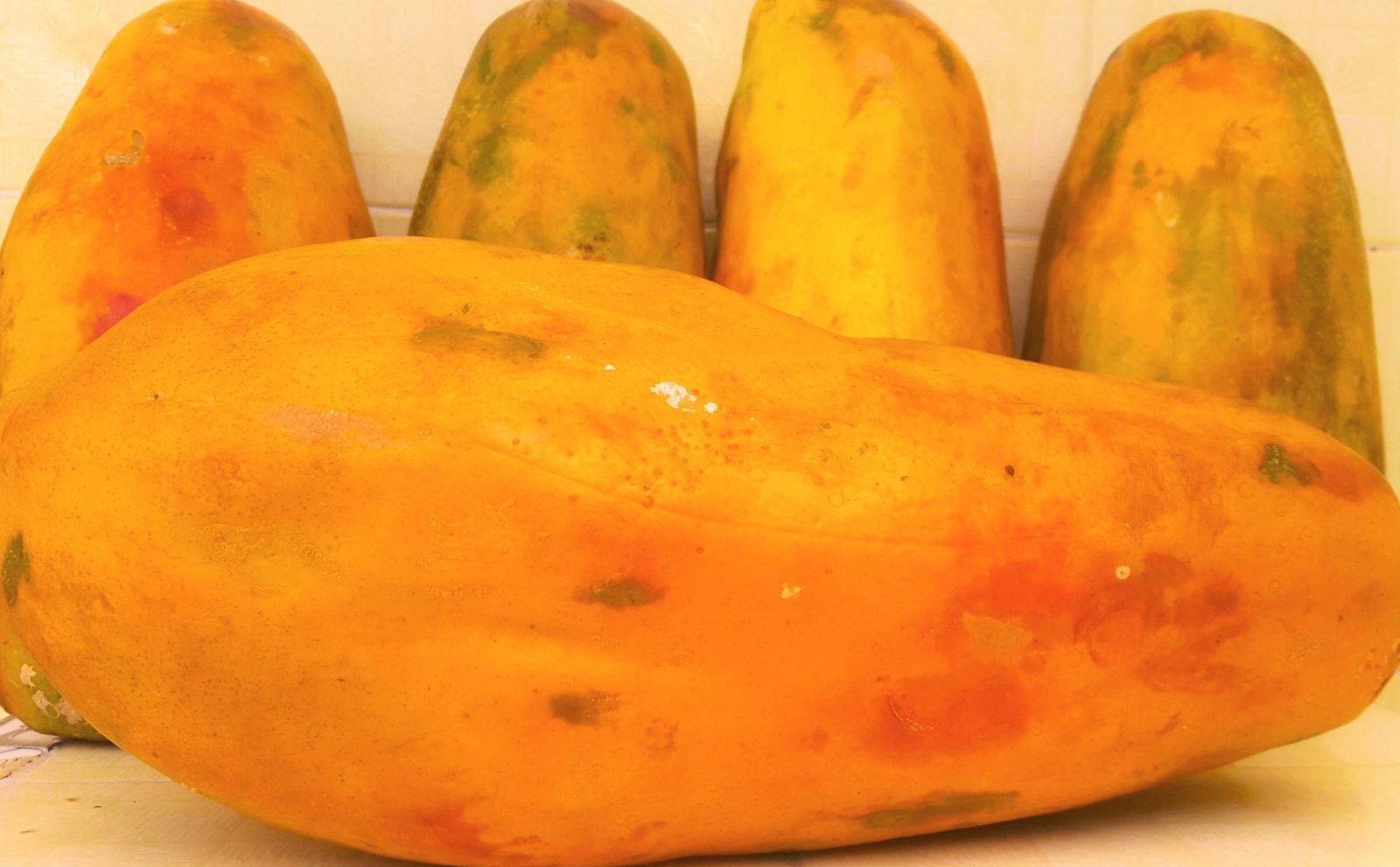
Native to tropical America, its fruit is similar to that of melon.
Among the properties it presents are the following:
- It constitutes a good diuretic (water) for presenting 90 percent of water.
- Increase natural defenses (vitamin C), that is, 100 grams of food cover one hundred percent of the daily recommended amount for an average adult.It provides even more vitamin C than orange!
- It improves skin health (vitamin A) as it covers 25 percent of the recommended daily amount of this nutrient for an average adult.
- Cardiovascular disease prevention
- Restores the acid-base balance of the body as it contains minerals such as calcium, magnesium, potassium and phosphorus.
You should be careful with the way you use the word “Papaya” in Cuba, as it also refers to the intimate parts of women.
El Mamey
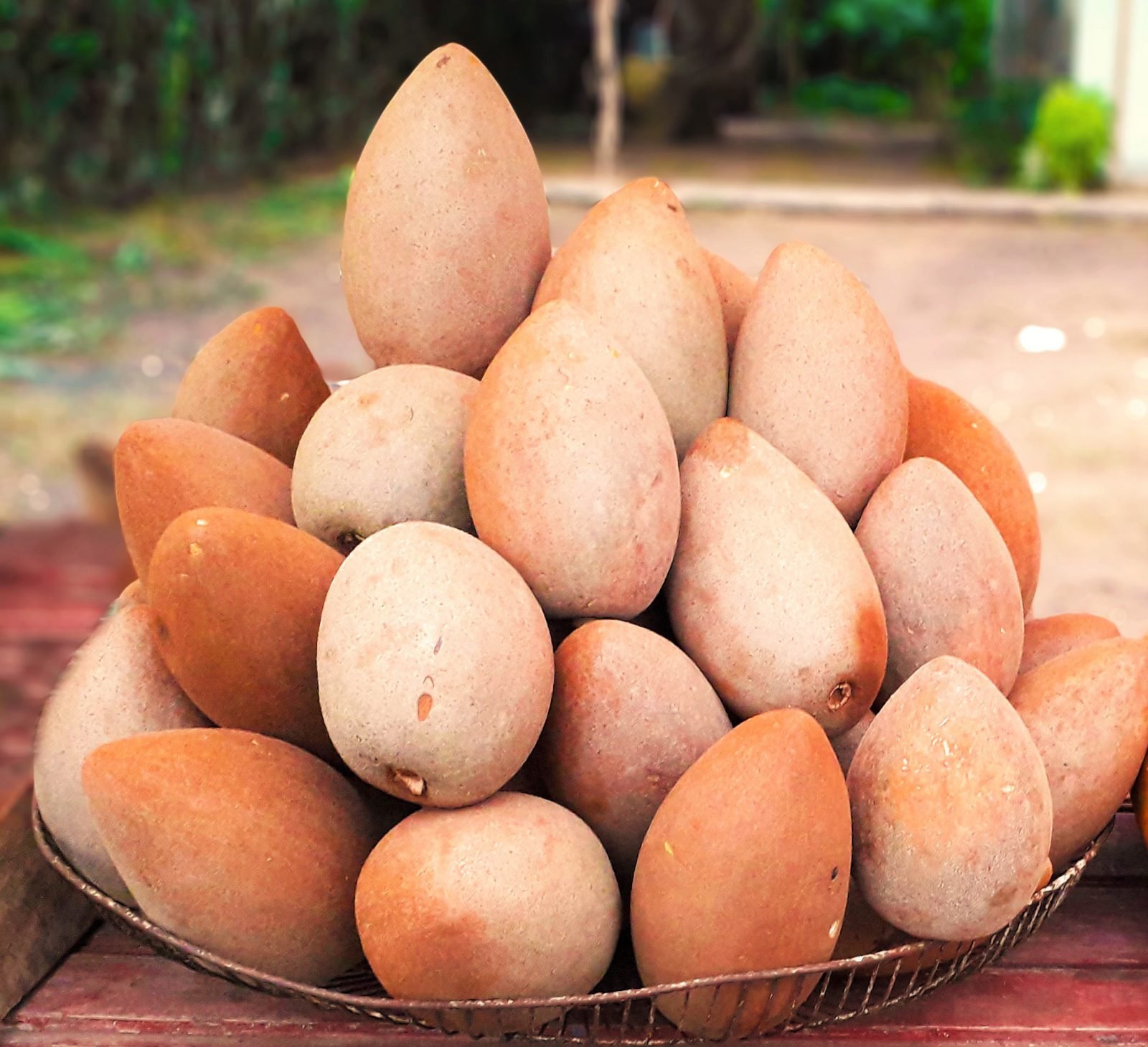
One of the most delicious fruits on the palate is the mamey, its most exact origin is in Mesoamerica.
It is one of the most beautiful and appreciated fruits of tropical flora, its thick red mass is very sweet and aromatic.
There is another variety, called mamey de Santo Domingo, with yellow flesh, sweet and very pleasant.
Its flavor is sweet, with a delicious orange pulp turning reddish and with a seed of about 10 centimeters dark brown or black.
The use of the Cuban Mamey is very varied:
- Mamey can be eaten raw as a fruit, or also in ice cream, smoothie.
- It can also be found in jam or in the form of jelly.
- It is usually used as an aphrodisiac.
- The seed in the form of oil – sapayul oil, is also used in beauty products.
- It is ideal to stop bleeding from wounds due to tannin (substance that is extracted from the bark of trees), contained in its leaves.
The Maracuyá
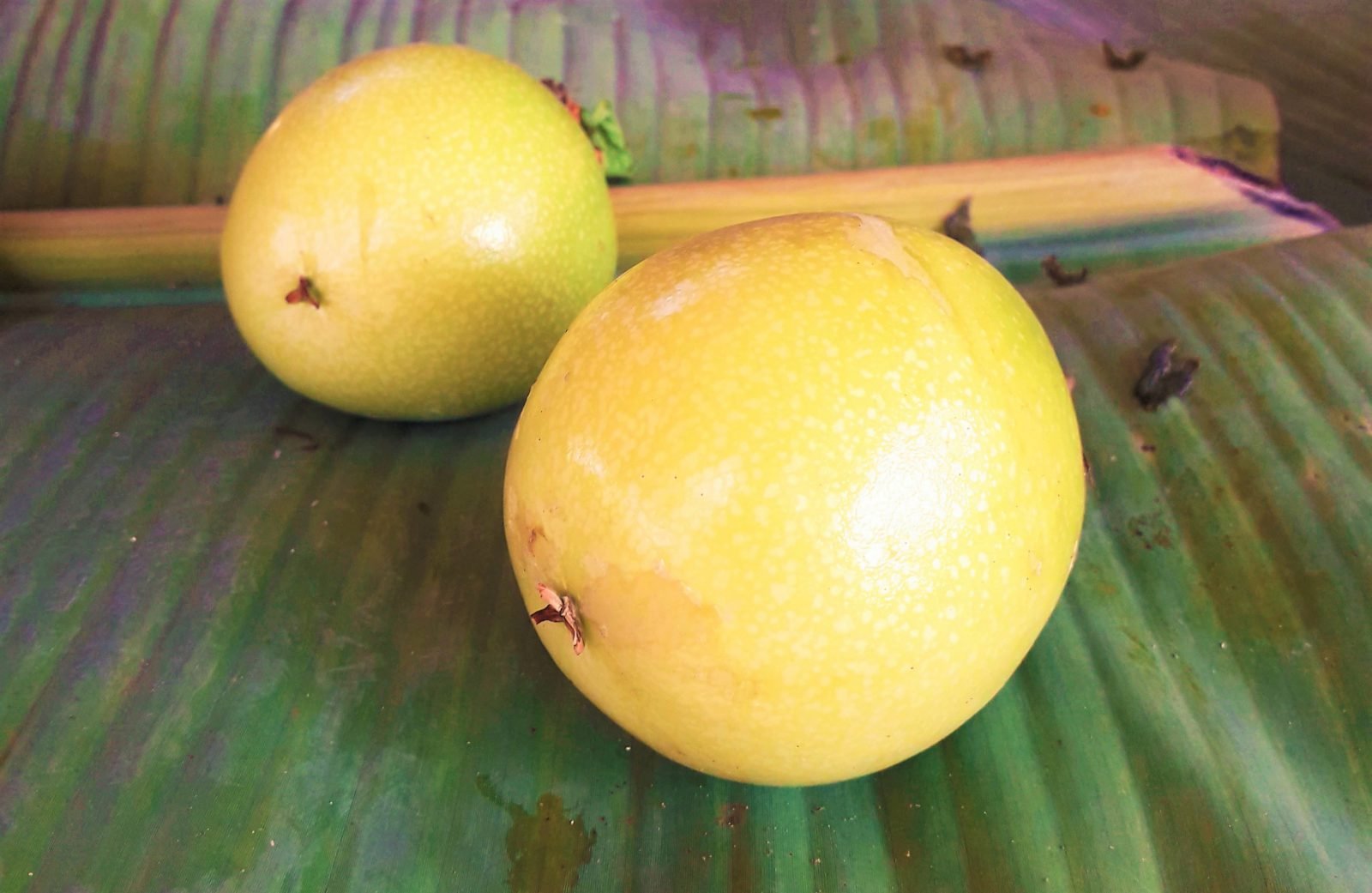 It is an oval, hard-shell fruit that contains seeds.
It is an oval, hard-shell fruit that contains seeds.
Some of the benefits offered by this food are:
- Reduces muscle and headaches and relieves the body fighting stress and insomnia.
- Eliminates cough and respiratory problems.
- It provides the body with vitamins A and C and the B complex, as well as potassium, phosphorus and magnesium.
- It is ideal for constipation due to its high fiber content.
- It helps to lose weight and take care of the line.
- It helps strengthen the immune system.
- Its seeds have an oil that help contribute to skin care.
The Grapefruit
 It is a citrus native to Southeast Asia, but its cultivation has been spreading to countries such as Israel, Caribbean islands, Mediterranean countries and to states such as Florida and California in the United States.
It is a citrus native to Southeast Asia, but its cultivation has been spreading to countries such as Israel, Caribbean islands, Mediterranean countries and to states such as Florida and California in the United States.
Its shape is like that of an orange, but larger and is yellow like lemon, although there are varieties of colors.
Its taste is somewhat bitter, although they can be sweet, both very pleasant to the palate.
They are tasty by themselves or by adding them to any fruit or green salad.
They are also a delicious and unique ingredient in sauces
It contains 32 calories per 100 grams and 90% water.
Among its medicinal uses are:
- It exerts a diuretic effect, being ideal in situations of heart failure and hypertension due to its low sodium intake and its high potassium content
- Its high content of vitamin C is beneficial in cases of infections, since this vitamin stimulates the functions of the immune system.
- Its habitual consumption prevents cancer thanks to the excellent combination of limonoids, vitamin C and pectin.

